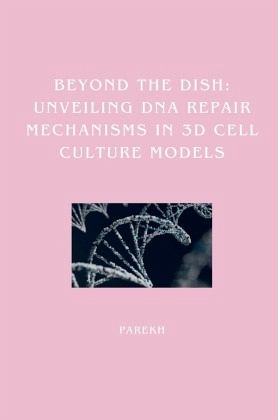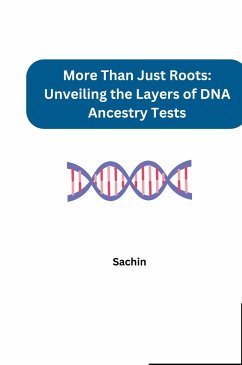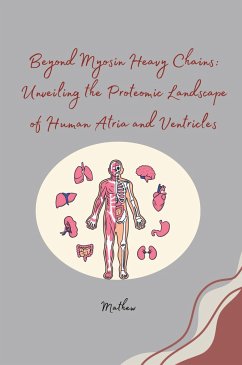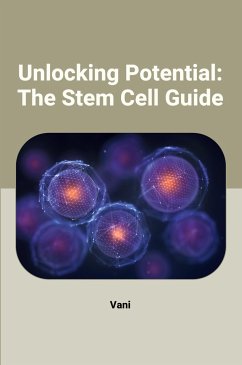
Beyond the Dish: Unveiling DNA Repair Mechanisms in 3D Cell Culture Models
Versandkostenfrei!
Versandfertig in 6-10 Tagen
26,10 €
inkl. MwSt.

PAYBACK Punkte
0 °P sammeln!
Traditional cell culture methods, primarily utilizing flat, two-dimensional (2D) plastic dishes, have long been the cornerstone of biological research. However, these models often fail to accurately reflect the complexities of natural cellular environments. This limitation hinders our ability to fully understand fundamental cellular processes, including DNA repair. DNA, the blueprint of life, is constantly under attack from various sources, such as ultraviolet radiation, free radicals, and mutagenic chemicals. Cells possess intricate DNA repair mechanisms to counteract this damage and maintain...
Traditional cell culture methods, primarily utilizing flat, two-dimensional (2D) plastic dishes, have long been the cornerstone of biological research. However, these models often fail to accurately reflect the complexities of natural cellular environments. This limitation hinders our ability to fully understand fundamental cellular processes, including DNA repair. DNA, the blueprint of life, is constantly under attack from various sources, such as ultraviolet radiation, free radicals, and mutagenic chemicals. Cells possess intricate DNA repair mechanisms to counteract this damage and maintain genomic integrity. However, studying these mechanisms in a dish often falls short due to the lack of three-dimensional (3D) architecture, cell-cell interactions, and physiological cues present in living tissues.Limitations of 2D Cell Culture Models2D cultures offer a simplified and controlled environment for studying cells. However, this very simplicity becomes a drawback when investigatingDNA repair. Here's why:-Lack of 3D architecture: Cells in their natural state reside in a 3D extracellular matrix (ECM) that provides structural support, biochemical cues, and influences cell behavior. Flat plastic dishes lack this crucial element, leading to altered cell morphology, gene expression, and ultimately, DNA repair efficiency.














